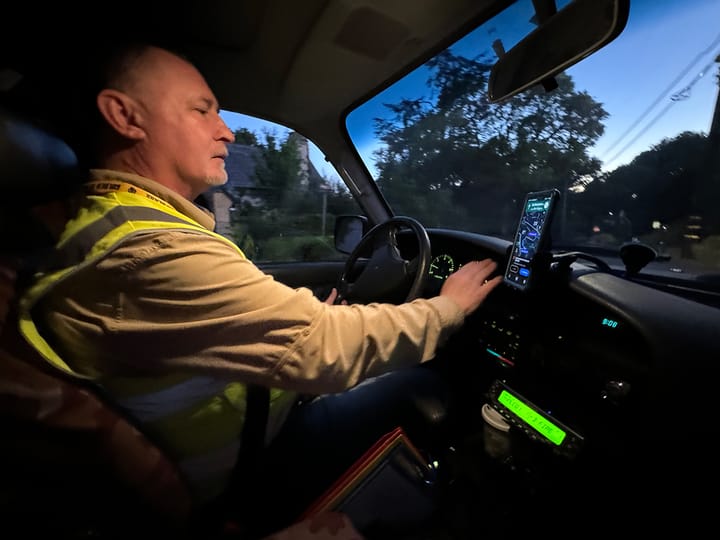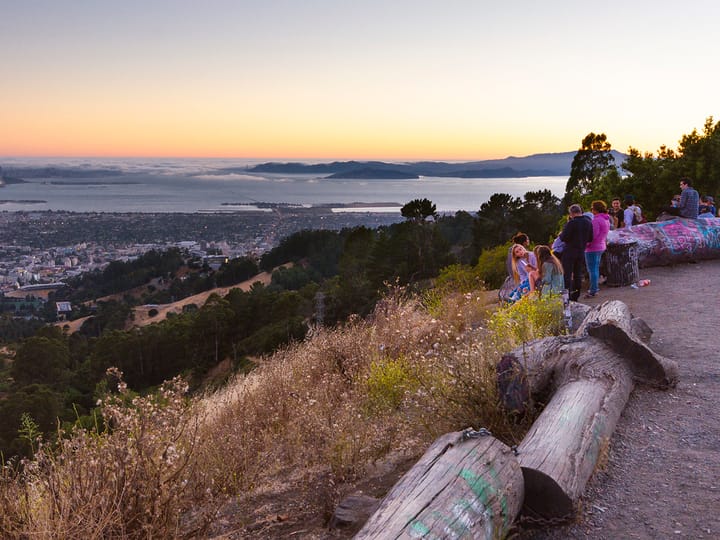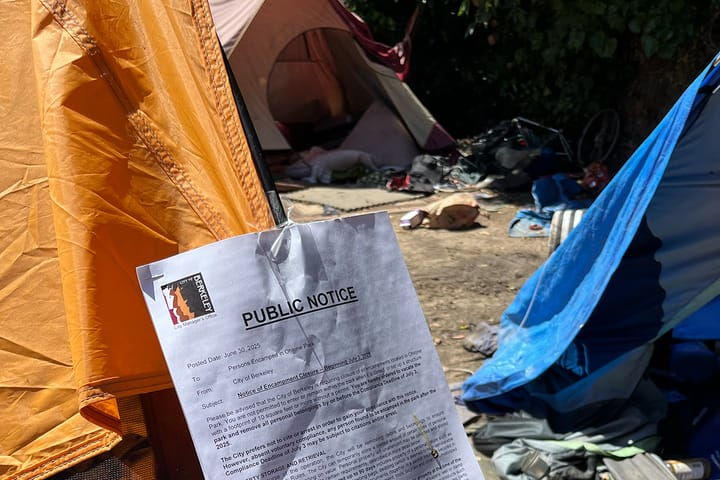Berkeley officials urge PG&E to underground local power lines
A California Senate bill approved in 2023 made federal money available for projects to underground utility lines.
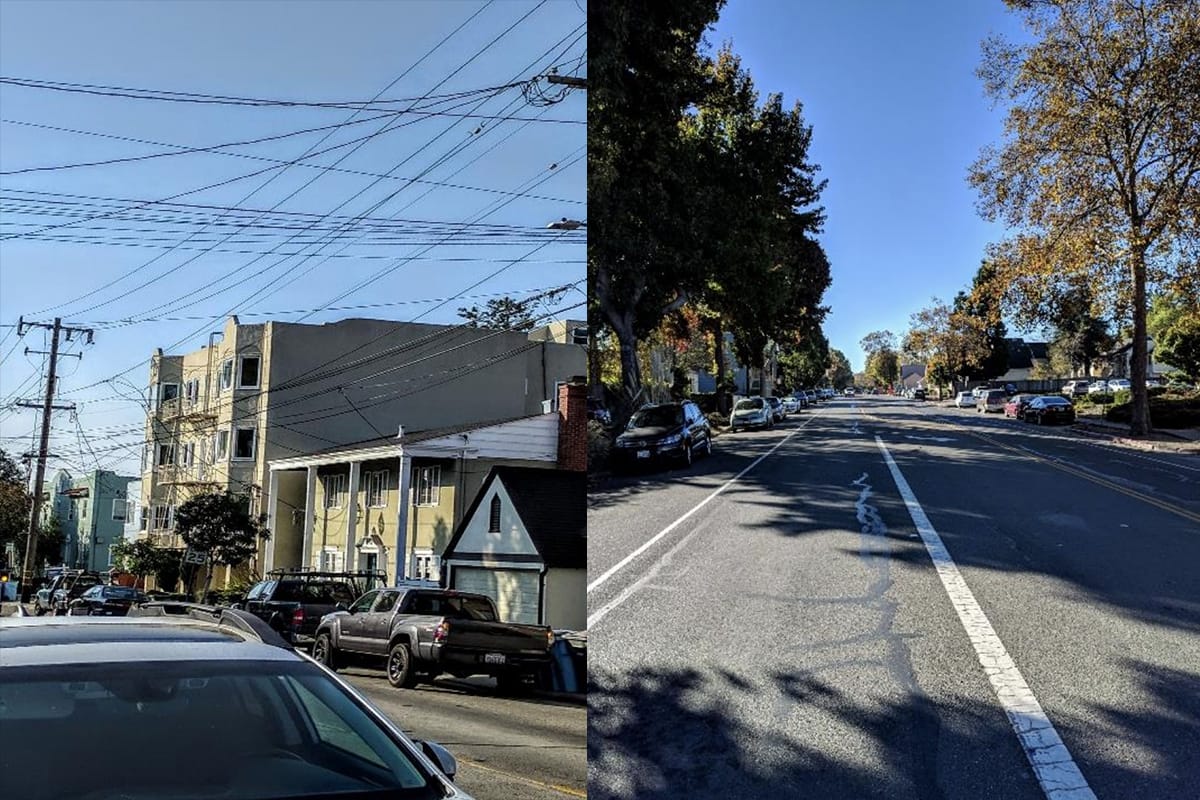
City officials have asked PG&E to include Berkeley in its plans to underground 10,000 miles of power lines in areas facing the highest fire danger.
Officials sent a letter to PG&E last week to alert them of the request, which dates back to a January vote by the Berkeley City Council.
An undergrounding project in Berkeley's "Very High Fire Hazard Severity Zone" — on Panoramic Hill as well as in the northeast section of the Berkeley Hills — would help reduce wildfire risk and assist residents in evacuating in an emergency, officials wrote.
A California Senate bill approved in 2023 made federal money available for projects to underground utility lines, according to the Berkeley City Council resolution.
The resolution also noted that the northeast Berkeley Hills had been designated, in a 2019 Associated Press analysis, as "being roughly within the worst 1% in the state when it comes to population-to-evacuation-route ratios."
Undergrounding power lines is "one of the most effective ways to reduce wildfire risk," officials wrote in January.
Read more stories by neighborhood on TBS.
"The history of undergrounding in Berkeley goes back at least to the 1970’s," according to a conceptual study on undergrounding utility wires that the city published in 2018.
According to that study, Berkeley has about 26 miles of arterial streets, 49% of which had already been buried underground.
Of the 36 miles of "collector" streets in Berkeley, about one-third had been undergrounded as of that time.
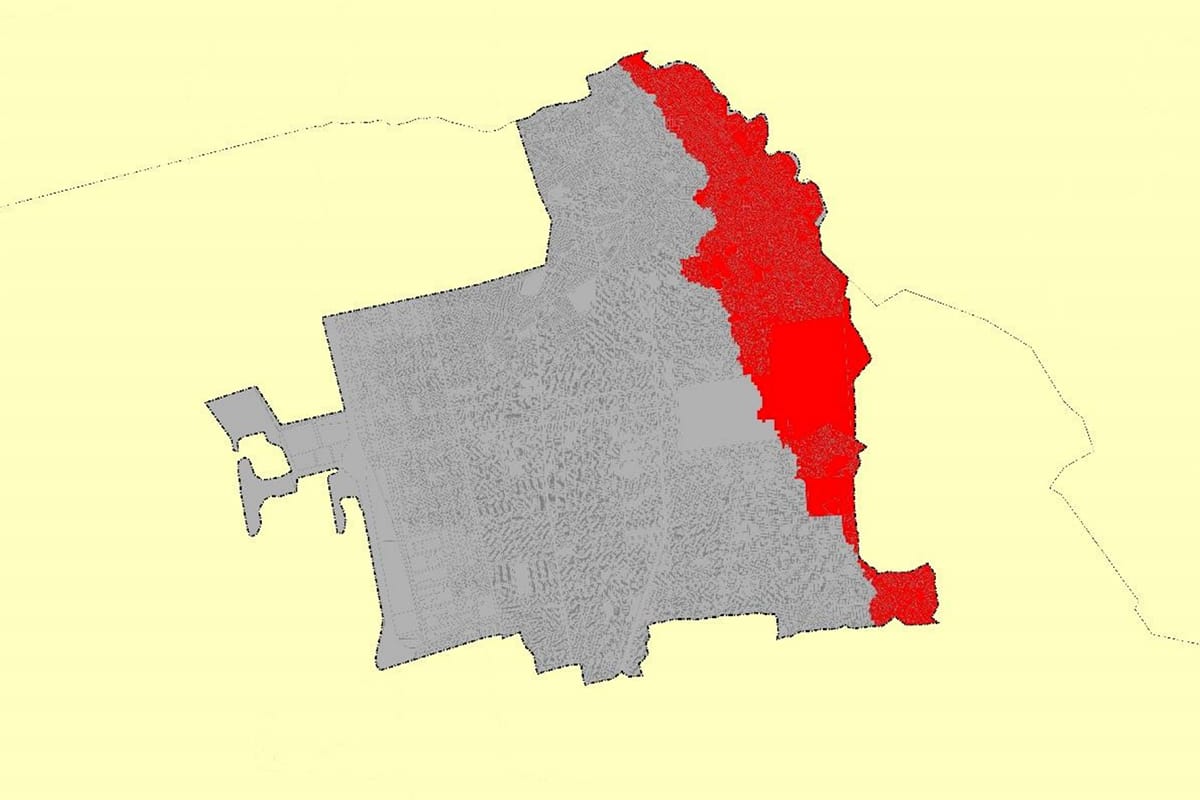
On Monday, Councilmember Susan Wengraf said the city's letter had been slated to go out much sooner but appeared to have gotten lost in the shuffle.
Wengraf has been following the undergrounding issue closely since taking office in 2008.
She said PG&E has already determined where the 10,000 miles of initial undergrounding would take place, which is mostly in rural areas.
Berkeley did get 1 mile of undergrounding work funded, on Grizzly Peak, Wengraf said.
That project is underway and has been going smoothly, she said.
"It's an incredible victory. These people have been waiting 32 years," Wengraf said. "It was just a miracle that we were able to get it done."
Wengraf, who does not plan to seek reelection in November, said she would like to see power lines buried underground in the entire city of Berkeley. But that's no easy task.
She said she had been in regular meetings with stakeholders in recent years to plan for "Rule 20A" projects to underground Berkeley power lines.
But then the California Public Utilities Commission (CPUC) ended that program last year.
It has not announced what might replace it, she said.
Read more about undergrounding work in Berkeley and on the PG&E website. See the city's 2018 study on undergrounding utility wires in Berkeley.


